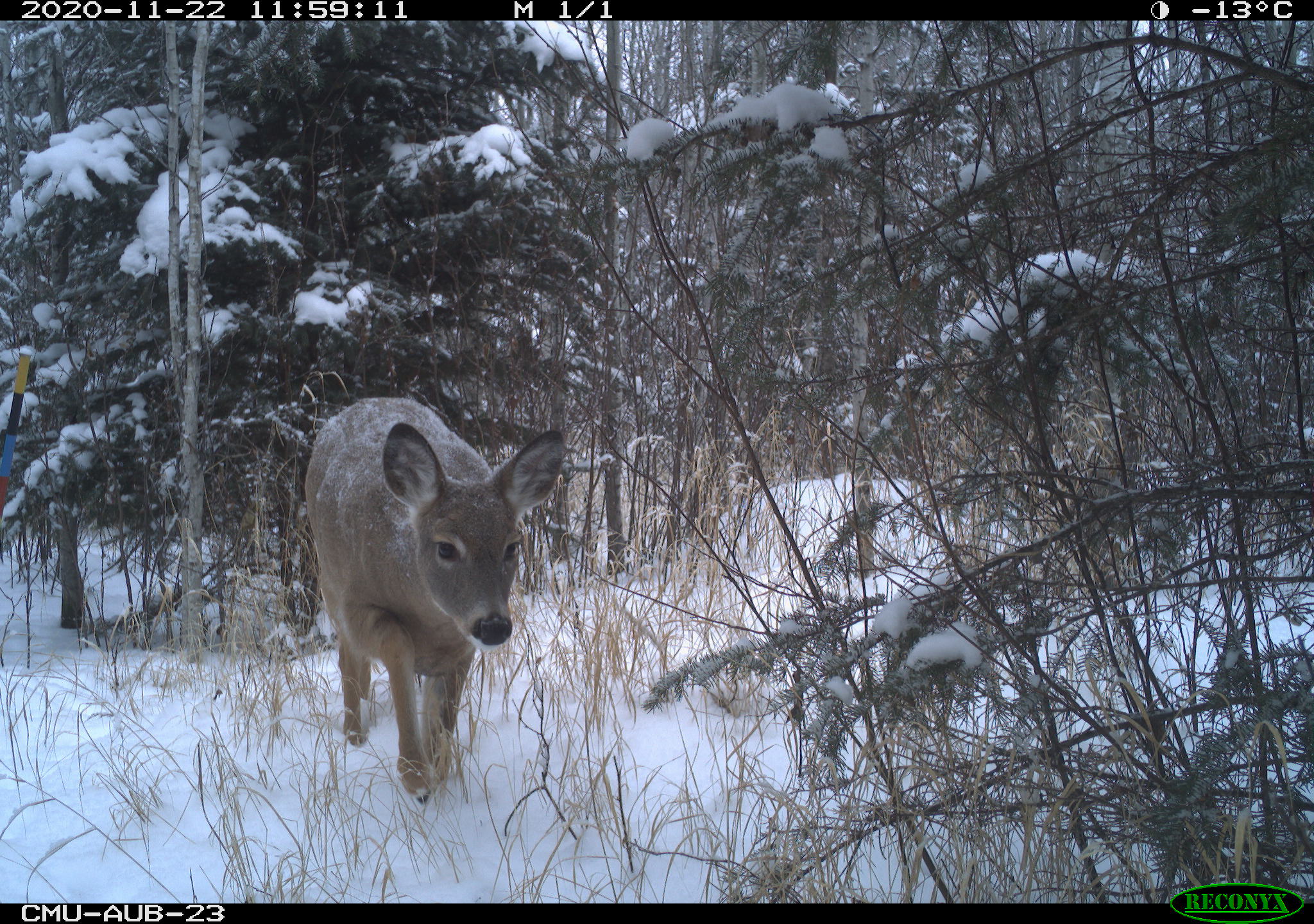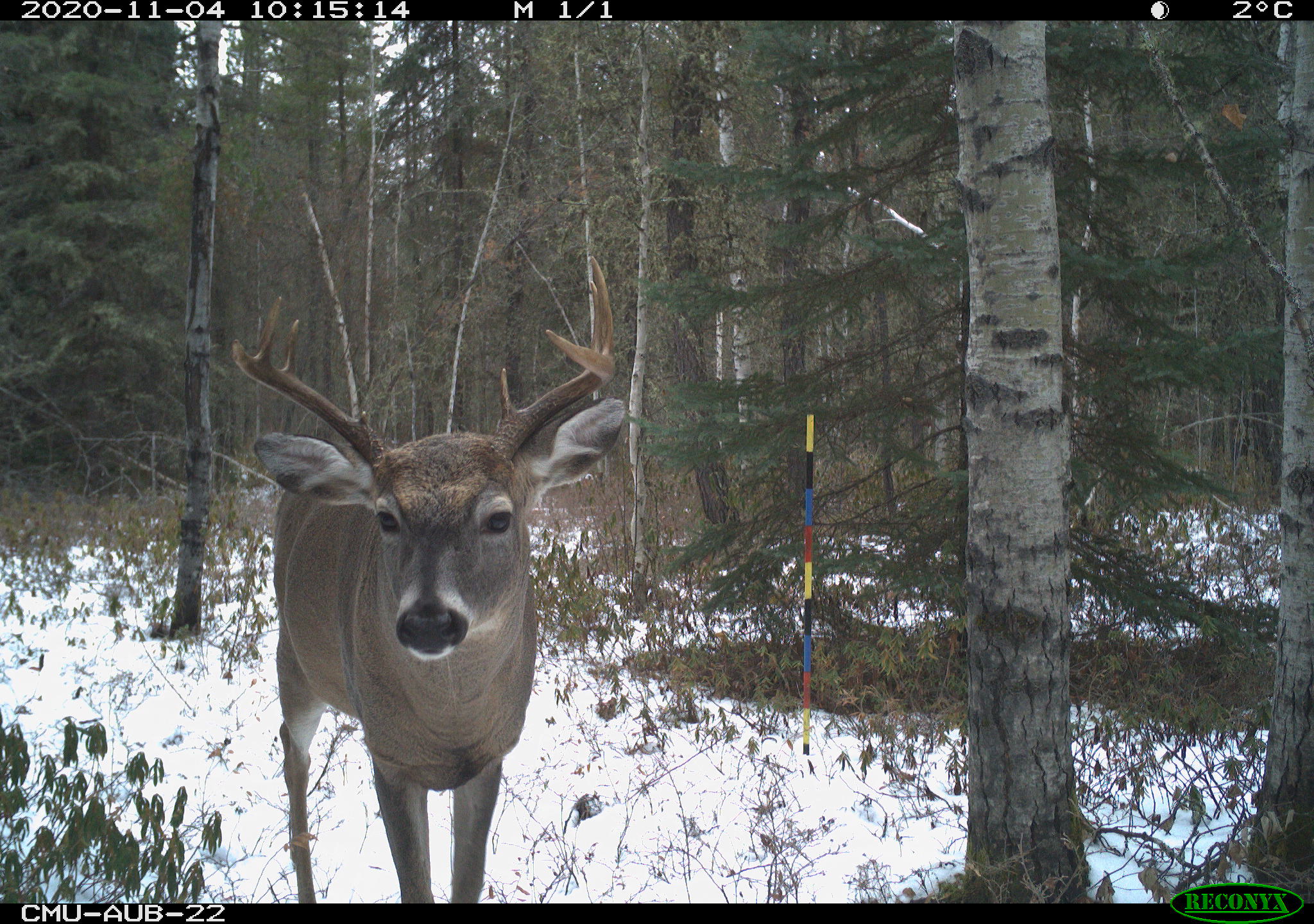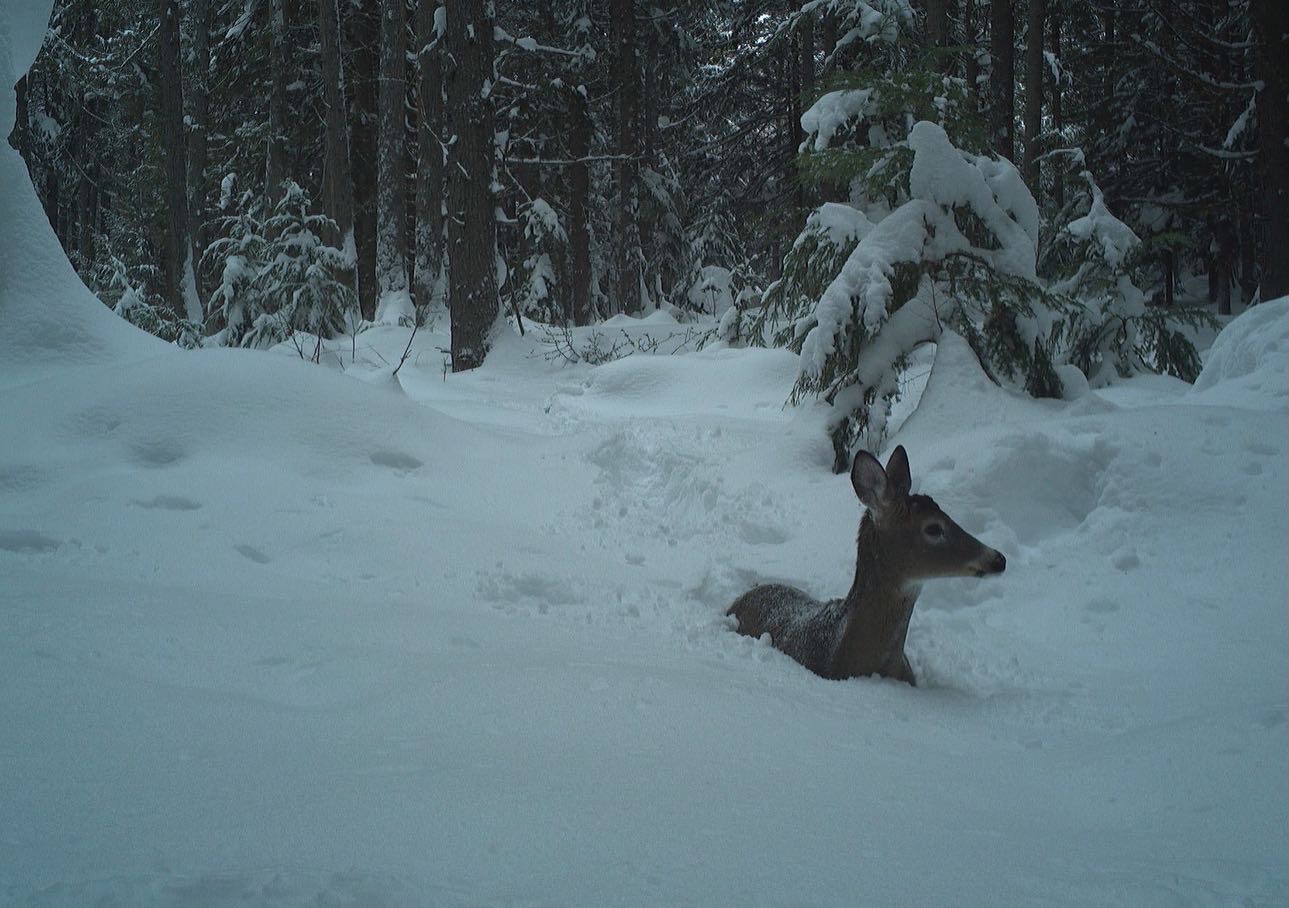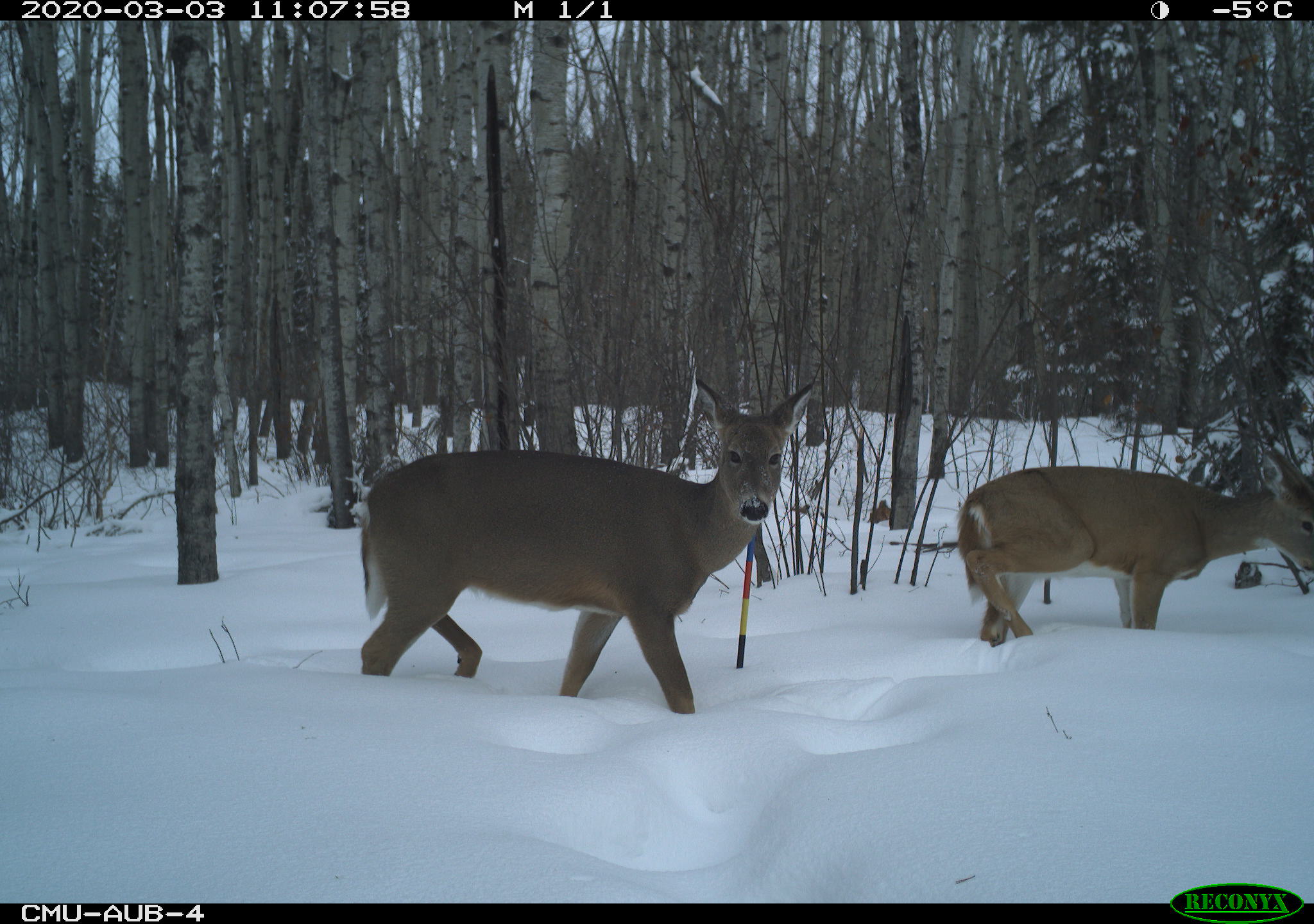Neighborhoods are as unique and diverse as the people who live in them. Manhattan has over 20 neighborhoods – Tribeca, Chinatown, Nolita, SoHo, Bowery, East Village, Midtown, Harlem, and Upper West Side just to name a few. Each has their own character. And depending on your personality and preferences, some will be more attractive than others.
Ecosystems are kind of like neighborhoods. Communities of species that live in an area they like and regularly interact with each other. You aren’t going to find snowshoe hares in the Sonoran Desert. On the flip side, jackrabbits don’t feel much at home in southeastern Pennsylvania (still didn’t stop people from trying to introduce them!). But not every species is bound to a single neighborhood. Bobcats are cosmopolitan, being at home in the desert or the forests of the Northeast.

Be the neighborhood big or small, warm or cold, grassy or forested, all species have a line which they do not cross. You can google the range of any species and find where that line is. For white-tailed deer, that line drops into South American and extends into the southern Canadian provinces. White-tailed deer can be found dipping their toes in the sand of the Florida Keys or waving at the Staten Island ferry. It’s a living but they have bigger plans. Like Pinky and The Brain, coyotes, and golden jackals, white-tailed deer seem to be on their own path to taking over the world. And they don’t care who they need to take out to do it…even family.
Deer have been expanding their range north for over a half century. This means they are moving into the boreal forest. In the past, they drew the line at the southern edge of the boreal forest from Alberta to New Brunswick, Canada but not anymore. Alberta seems to be where they are gaining the most ground with a 17.5-fold increase in abundance between the 1990s and 2000s.

This is not sitting well with their northern cousins, threatened woodland caribou (Rangifer tarandus caribou). For woodland caribou, deer moving to the boreal forest is akin to 1970s Studio 54 rolling into your quiet suburb.
Do you know what deer bring with them? Wolves and worms. Before deer came along, wolves and caribou rarely overlapped. More wolves can lead to more encounters and higher caribou mortality. Wolves primarily munch on moose and deer. In Alberta, when the number of deer jumped so did the number of wolves. Moose numbers remained the same. Deer replaced moose as the primary prey of wolves. The problem is caribou increased 10-fold in the wolf diet as well resulting in a decreasing caribou population. More deer = more wolves = less caribou.
And then there are the worms. Brain worm or meningeal worm (Parelaphostrongylus tenuis) is a common parasite found in white-tailed deer in North America. It’s not a big deal for deer. However, for species like moose, elk, or caribou, it is. Worms migrate through the brain and spinal cord and cause severe disease and death. Models have predicted this parasite will increase in the boreal forest region, particularly Alberta.
Oil and gas exploration and extraction, agriculture, forestry, and mining have displaced caribou through loss and fragmentation of their habitat. And winter severity is waning with climate change. Winter severity is known to affect deer population dynamics.

But is it habitat alteration or climate change giving deer the needed assist into the boreal forest?
It’s climate change. And it’s not one but 2 different studies almost a decade apart that illustrate this. While habitat alterations certainly do favor deer, the effect was half that of climate. As winter retreats, deer advance. This poses a much bigger problem for woodland caribou. Habitat alteration was widely believed to be the cause of their declines which was thought to increase predation. To counter this, habitat restoration and protection were the answer to recovery. But restoring and protecting caribou habitat won’t stop deer and they are the ones supporting the wolf population.
White-tailed deer win with climate change, and woodland caribou are losing. The neighborhood will never be the same.
-Jeannine Fleegle
Wildlife Biologist
PA Game Commission
All photos are courtesy of Melanie Dickie, one of the authors of the publication that inspired this post.
